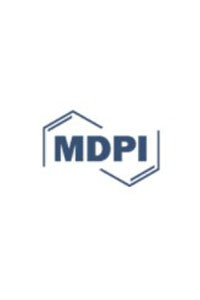New publication in the “MDPI Open Access Journals”
We are pleased to announce that our members of LabLENI – Universitat Politècnica de València have contributed, together with the Instituto de Investigación e Innovación en Bioingeniería (i3B), to the paper “An Immersive Virtual Reality Game for Predicting Risk Taking through the Use of Implicit Measures”.

The new article “An Immersive Virtual Reality Game for Predicting Risk Taking through the Use of Implicit Measures” was recently published in the MDPI journals.
Abstract:
Risk-taking (RT) measurement constitutes a challenge for researchers and practitioners and has been addressed from different perspectives. Personality traits and temperamental aspects such as sensation seeking and impulsivity influence the individual’s approach to RT, prompting risk-seeking or risk-aversion behaviors. Virtual reality has emerged as a suitable tool for RT measurement, since it enables the exposure of a person to realistic risks, allowing embodied interactions, the application of stealth assessment techniques, and physiological real-time measurement. In this article, we present the assessment on decision making in risk environments (AEMIN) tool, as an enhanced version of the spheres and shield maze task, a previous tool developed by the authors. The main aim of this article is to study whether it is possible is to discriminate participants with high versus low scores in the measures of personality, sensation-seeking, and impulsivity, through their behaviors and physiological responses during playing AEMIN. Applying machine learning methods to the dataset we explored: (a) if through these data it is possible to discriminate between the two populations in each variable; and (b) which parameters better discriminate between the two populations in each variable. The results support the use of AEMIN as an ecological assessment tool to measure RT since it brings to light behaviors that allow to classify the subjects into high/low risk-related psychological constructs. Regarding physiological measures, galvanic skin response seems to be less salient in prediction models.
Read the full paper
EuroXR Newsletter
Would you like to promote your projects and publications? Write to communication@euroxr-association.org





